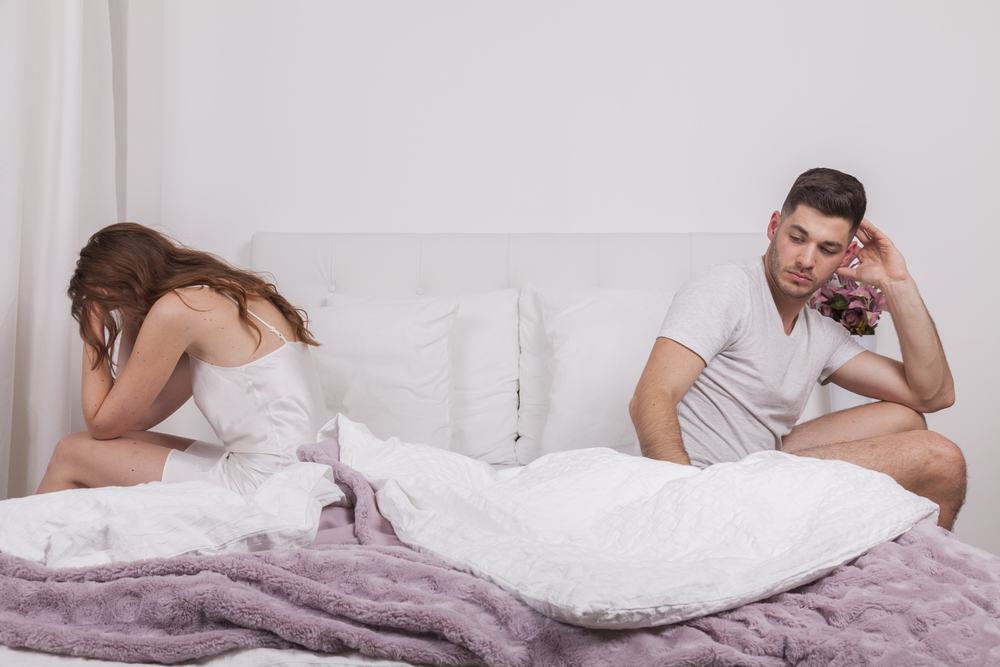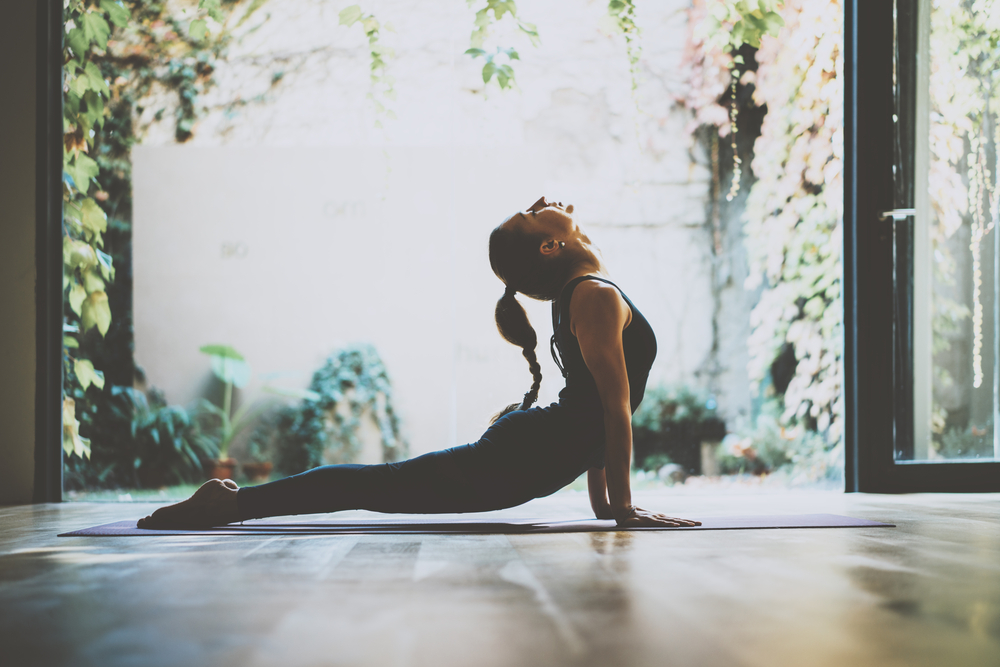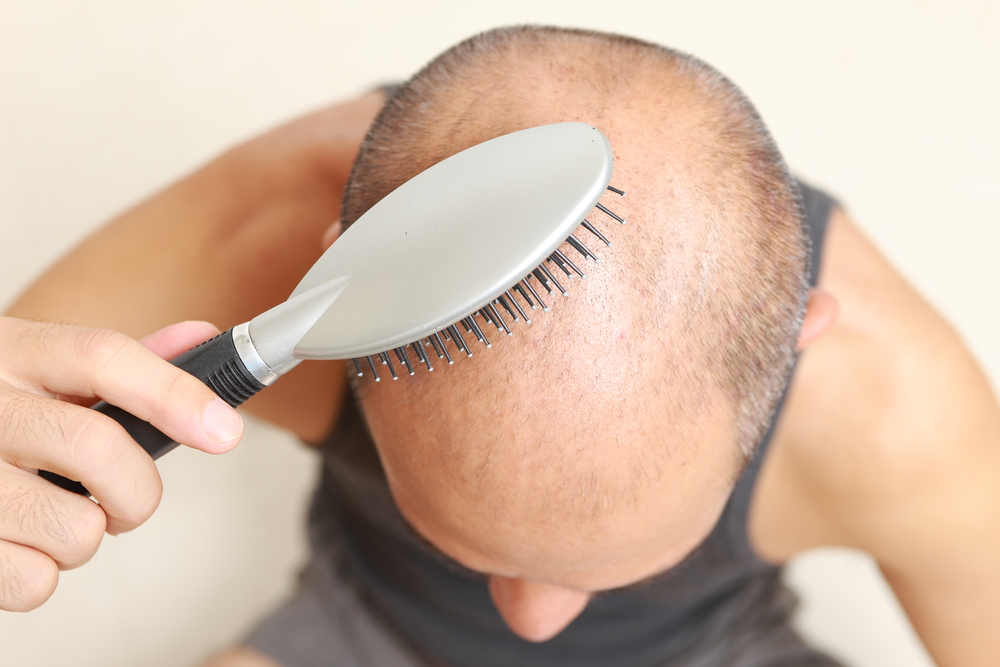Erectile dysfunction is a condition wherein a male develops an inability to achieve and keep an erection during sexual intercourse. The good news is that you can treat this problem at home by simply following some of the right steps of yoga.
If you are suffering from erectile dysfunction and you feel embarrassed then don’t because yoga can help you in this regard. Yoga is an effective, inexpensive, and natural solution to erection problems. A majority of males experience erections problems once in their lifetime. The risk of developing trouble achieving or maintaining an erection increases with age.

Also Read: Cause of infertility in men and women
According to studies, it has been estimated that about 52% of adults face erection issues. At the age of 40, about 40% Americans have been reported to have erection difficulties. The estimated rate could be higher because a large number of male population feels shy in discussing this topic with anyone including health care specialists. If you are among one of them, don’t get upset or lose hope because it’s not the end of your sex life. There are many things that you can do to overcome this problem and yoga is one of them.
Yoga and erection problem
Yoga has been around for centuries, but most men think that is a workout for women. However, this thinking is wrong, since yoga is an ancient practice; it’s not gendered specific and perfectly suits for both men and women. Yoga is beneficial for your overall health, including sexual functionality. New research revealed that the completion of yoga sessions resulted in an improved sexual health. Researchers reported improvements in the desire for sex, confidence, hard erection, ejaculatory control, orgasm, intercourse satisfaction, and an enhanced sexual performance.
Yoga is successful in beating erection issues that are caused by psychological factors such as reduced blood flow, stress, depression, anxiety, etc. It fights your erectile dysfunction by relieving stress and improving blood flow, which is necessary for hard and long lasting erection.
Considerable research suggests that certain yoga poses might help in the erectile dysfunction treatment. If you want to overcome your erection problems naturally, follow a yoga session on a regular basis that includes the following yoga asana:
- Kumbhakasana-This yoga asana is also called as a plank pose. It is one of the most beneficial yoga; you can do it regularly to combat erection problem. It is helpful in improving endurance during the sexual practice as well as upper body strength. You can enhance your sexual strength by combining erectile dysfunction drug and achieve hard erections.
- Naukasana-This is also known as the boat pose, which is useful in activating sexual hormones and helps attain last longer erection. It not only strengthens your reproductive organ, but also gives strength to other parts of the body, such as thigh muscles, and buttocks.
- Paschimottanasana-You can also call it as the seated forward bend. It is considered to improve sexual performance by targeting your perennial muscles. The yoga pose effectively beats erectile dysfunction and delay ejaculation by contracting penile muscles just before the orgasm.
- Ardha chandrasana-Also, known as half camel pose, Ardha chandrasana is effective in improving the health of the digestive tract and helpful in toning the entire body. It has a direct impact on the man’s urogenital system.
- Dhanurasana-The bow pose or Dhanurasana is for the stimulation of reproductive organs. It’s not only useful in tackling erectile dysfunction also deals with premature ejaculation and intensifies your reproductive organs. It is one of the best, and simple yoga poses for achieving stronger erections.
Also Read: Top 5 health hazards for men
Try these alternative approaches to treat erectile dysfunction symptoms. All these yoga poses have been shown to be effective in reducing stress related erectile dysfunction, which is one of the common erectile dysfunction causes.




